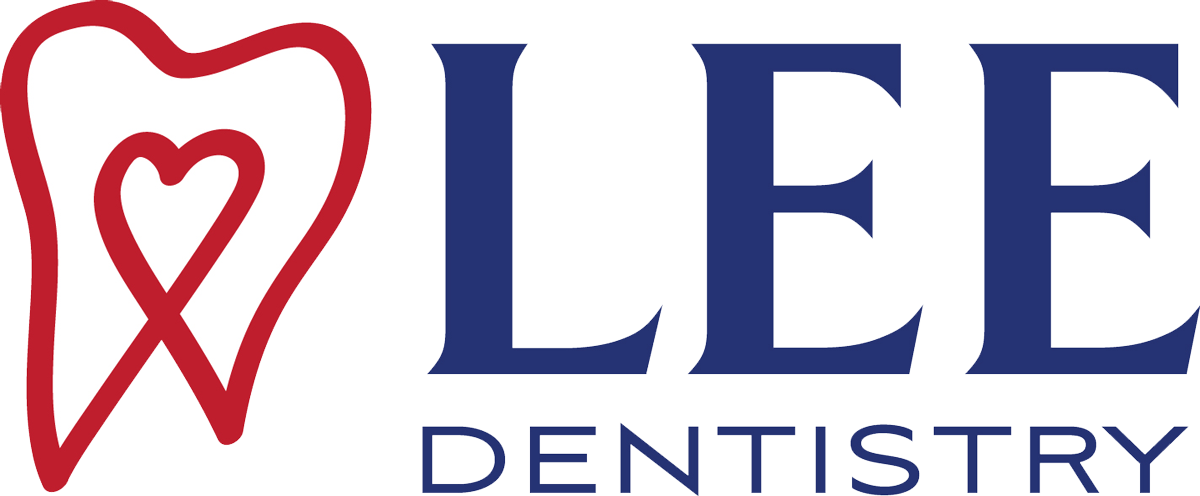The elements of a routine exam
Visiting a general dentist is similar to seeing other practitioners in that specific protocols are followed. Most visits involve the following steps:
History
The first part of any general dental visit involves taking a thorough medical history. Documenting a patient's medications, illnesses, allergies, health changes, oral concerns, or pregnancy status, can help determine potential treatments.
Cleaning
A certified dental hygienist usually provides a thorough cleaning of the patient's teeth. Special tools allow the hygienist to scrape plaque and tartar from the surfaces and beneath the gum line. Some patients request a topical numbing agent for the gums to reduce sensations, but this is not necessary for most. Tooth polishing and flossing eliminate rough spots on the teeth and residual particles.
Images
A general dentist usually recommends X-rays of the entire mouth every few years, unless there is a history that warrants greater frequency. Low-radiation X-ray imagery is an essential diagnostic tool to examine the teeth roots, the jawbone, and the conditions below the gum line. It detects conditions that are not visible during a surface examination or do not yet cause a patient to experience noticeable symptoms.
Examination
After the dental hygienist cleans the patient's teeth, the dentist interprets the X-rays and examines the patient's mouth and neck for abnormalities and disease. During the exam, a dentist listens for clicking jaw joints and looks for bite misalignment, teeth that show wear, cavities and tooth sensitivity, and hard lumps associated with oral cancer.
Recommendations
A general dentist can help patients prevent various dental problems by making recommendations for brushing, flossing, and other home care measures. Some patients may require more frequent exams to thwart issues that the dentist predicts could cause tooth damage or loss. At times, a dentist may refer patients for advanced treatments for conditions resulting from genetics, illnesses, non-adherence to oral hygiene regimens, or medication side effects.
Why general dental exams are important
Routine dental visits help educate patients about good hygiene habits, manage and prevent oral disease, and address cosmetic concerns. In addition to preventing tooth loss and costly procedures, exams detect many systemic diseases and conditions of the body that initiate in the mouth before they are fully manifest. A dental exam can reveal evidence of lupus, Sjogren's syndrome, leukemia, anemia, various endocrine disorders, and other concerns, enabling patients to receive early treatments.
Conclusion
Everyone should regularly visit a general dentist for a simple, painless, and thorough examination. Home care regimens cannot substitute for the in-depth evaluation that occurs during a dental exam.
Request an appointment or call Lee Family and Cosmetic Dentistry at 662-546-1143 for an appointment in our Oxford office.
Recent Posts
Whether you have not visited the dentist in a long time, have never been, or are simply switching general dentists, it is normal to have questions on your mind. Patients often want to ask about their current oral health, such as whether they need to be worried about cavities or persistent tooth sensitivity. They may…
A general dentist is usually the primary caretaker for oral health, providing routine and preventative care. However, some choose only to schedule an appointment once they have an issue they can no longer ignore or self-treat. Either way, a general dentist has many of the services you need to obtain or maintain optimal oral health.The…
A key part of a general dentist's job is helping patients protect their teeth from damage, wear, and decay. Preventing dental problems can help patients save time, trouble, discomfort, and money. Here is a closer look at how general dentists help patients keep their teeth in good condition.General dentists may provide the following preventive services…


